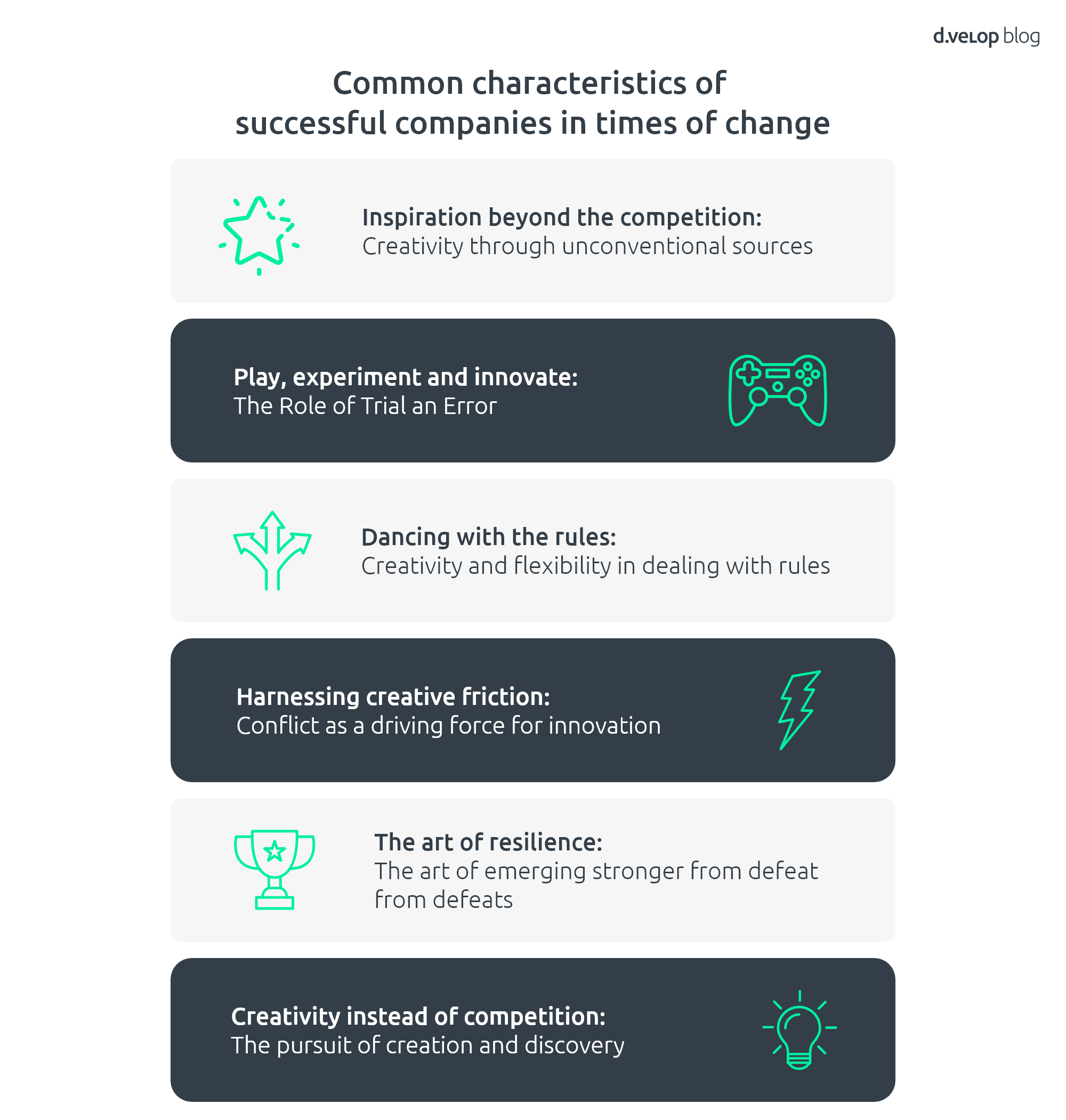AI-empowered robots, bio-hacking, and interstellar colonies will make humanity infinitely happier, healthier, and wealthier than today. We will live to be two hundred years old on some Martian moon. And Bayern Munich will be the galaxy’s best football team. That is what it sounds like when some people talk about the future.
Actually, in 2023, there are many more people who sound like this: Climate-denying Russian robot trolls with Monkeypox will cause hyperinflation, World War 3, and planetary destruction…unless we avoid gluten.
Different Versions of the Future
They are variations – one Panglossian, the other dystopian – of the same theme, using the future as a substitute for LSD. Imaginative visions of tomorrow’s world have entertained us for decades – from the optimism of the 1960s to the Weltschmerz of today. They are fine as entertainment but useless as a management tool.
The future is not a drug. In fact, it’s not even a noun - the future – but an activity – to future.
Magnus Lindkvist
6 Common Traits of Successful Companies in Times of Change
As a writer, I have spent decades finding unexpected sources of wisdom in psychology, history, popular culture, science, and business case studies. I have learned that companies that live through crises, adapt to changes, or survive disruption tend to have a few things in common:
1. Inspiration Beyond Competition: Creativity through Unconventional Sources
They find inspiration, and suppliers, through sources other than their competitors. Nintendo was able to create the Wii by using chips made for collision systems (i.e., airbags) in cars.
The biomedical drug Orfadin (curing a rare autoimmune disease in children) was created using a failed pesticide from a gene found in the bottle brush plant.
Innovation happens when ideas have sex, as Matt Ridley eloquently put it.
2. Play, Experiment, and Innovation: The Role of Trial and Error
They do playful experiments instead of extensive planning. Nuclear power plants and brain surgery should not experiment. But most other industries can and should.
- The pharmaceutical industry was built by serendipity – luck – not risk managers.
- iRobot, the robotics company bought by Amazon in 2022, was created by trying out and failing at 14 failed business models before they found traction in floor-cleaning consumer robotics.
- Politics is more fun if you play gracefully with ideas instead of entrenched polarization.
Definition Serendipity
Serendipity refers to the fortunate and unexpected discovery of something valuable or meaningful while searching for something else.
3. Dancing with Rules: Creativity and Flexibility in Dealing with Regulations
Rules should not be broken – they are there for a reason. In an open democracy, rules and laws are the scar tissue of society, reminding us of what should and should not be done.
What we can do, however, is dance with rules. Bend them like Beckham. The Swiss watch industry came about because jewelers in 16th-century Geneva danced around John Calvin’s ban on wearing jewelry. Calvin allowed a loophole for timepieces, so the jewelers used French protestant refugees working on farms in the Jura region to create an empire of expensive luxury watches.
4. Leveraging Creative Friction: Conflict as a Driving Force for Innovation
They leverage creative friction. Famous bands do this very well. Rolling Stones, Depeche Mode, and U2 fight and argue a lot, but they create beautiful, timeless music. This is the creative spark powered by conflict.
In the 1960’s, the entire US technology industry was based around Boston’s Route 128: from Wang to Digital Equipment. 30 years later, it moved to Silicon Valley. The reason is that the east coast companies were rigid, hierarchical, and male-dominated. If you disagreed with the boss, you were fired.
The west coast companies, on the other hand, were organized in loose networks that collaborated and competed at the same time. Disagreement was encouraged and often led to new offspring companies being born.
5. Bouncebackability: The Art of Bouncing Back and Moving Forward
They practice the fine art of bouncebackability. Ole Kirk Christensen was born the youngest of ten siblings in a poor farmer family in rural Denmark. He started a woodworking shop before his 15th birthday. Over the coming decades, his factories burned down (twice). His wife died, leaving him a widow with four children. He survived an economic depression and a military invasion.
He finally found a new interesting technology in the wake of the 2nd world war. With wood scarcity after two world wars, he turned to plastics. Especially a variety called ABS, which was both hard and soft at the same time. He started building plastic toy bricks with which children could build anything they wanted. He called it ”play well” in Danish, Leg Godt. Lego, for short.
We live in a time of poly-crisis, so we will do well from learning this ability to bounce back and bounce forward in the face of adversity.
6. Creativity Over Competition: The Pursuit of Creation and Exploration
Above all, what these companies, brands, and individuals do best is create more than compete. Competition is about fitting into the status quo and being a little bit better than your competitors. It’s a lot like sports, where the rules are agreed upon in advance, and the winner gets a gold medal.
Creation is about exploring the unknown. It is risky and uncertain, and there are no rules. Most things have not been invented. Yet.

